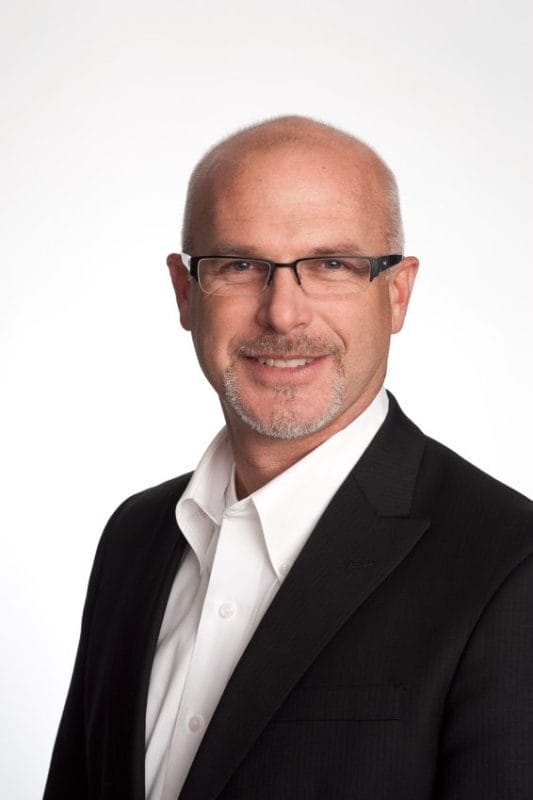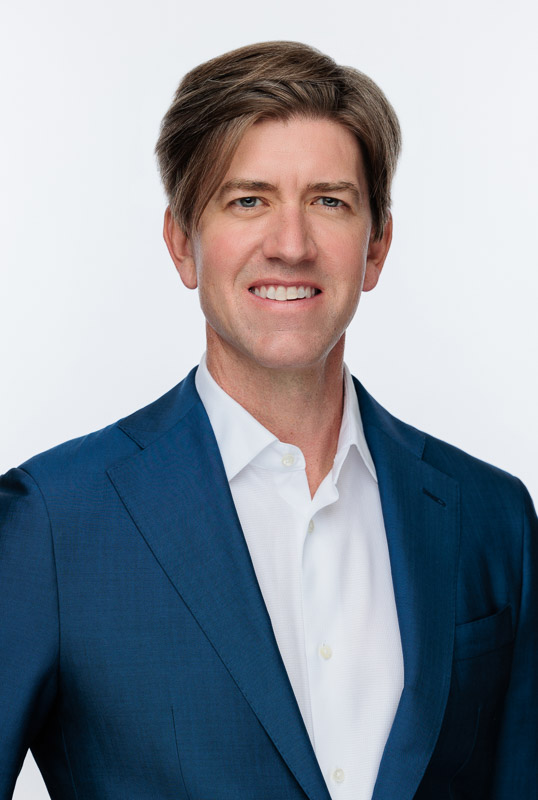Health systems continue to face ongoing pressures to reduce costs while maintaining quality patient care. With the average operating margin for hospitals at 0.84%, health systems are searching for ways to more effectively manage operating and capital budgets. However, gaps in data often hinder health systems by hiding cost burdens throughout the organization. These hidden costs limit health systems to finding one-time-savings without lasting relief from industry-wide pressures.
Creating a more sustainable financial future requires an in-depth understanding of a health system’s investments, including the medical equipment technology on which so many care pathways depend. Creating processes to collect and understand this data will reveal costs that may have slipped through the cracks—giving health systems an accurate picture of their finances and operations. This will allow stakeholders from clinical engineering to capital planning to take a more active role in responsibly managing resources and costs.
Inventory inaccuracies lead to wasted resources
One of the biggest factors contributing to hidden costs within health systems is medical device inventory inaccuracies. Health systems often don’t know where a device is located, how often it’s used, or when it needs to be serviced or replaced. This lack of data insight causes confusion and frustration among clinicians who can’t easily find the devices and equipment they need. In response, many leaders may believe they don’t have enough devices or equipment and buy more. In reality, the health systems already own too many underutilized devices and are wasting resources on these purchases. In addition, a health system could unknowingly pay to maintain a piece of equipment that is no longer used when it could sell that excess equipment instead.
A comprehensive clinical asset management system allows health systems to better understand inventory trends and device distribution across sites of care. If health systems have access to critical information and data—including the location and utilization of devices—they can make more informed purchasing decisions. Instead of making these decisions based on personal preferences or anecdotal evidence, a health system’s purchasing decisions should be driven by data.
Unmanaged rental equipment is a top cause of hidden costs
Another source of hidden costs in a health system is unmanaged rental equipment. Organizations without a system in place to effectively manage rental equipment are frequently spending more than they realize. Without a centralized system and established processes to order and track rental equipment, departments within hospitals are often acting independently. Sometimes organizations may forget they rented a piece of equipment and continue paying each month for something they are not using anymore. When departments seek out rental equipment from various sources, health systems can easily overspend without even realizing it. TRIMEDX has found health systems often misperceive their spending on rental equipment by more than 50%.
Additionally, without communication and a standard protocol in place to rent equipment, health systems may be sourcing devices and equipment from hundreds of different suppliers. Health systems should be sourcing rental equipment from a trusted pool of preferred vendors. This gives organizations confidence in the quality of the equipment and allows them to negotiate the best prices possible.
Health systems can curb these unexpected and excessive costs by establishing a centralized rental management system that can assess true rental needs, manage preferred vendors, and properly track equipment & spending.
Decentralized clinical engineering results in excessive spending
Ensuring medical devices and equipment are ready to deliver patient care consistently and reliably is a top concern for all health systems. However, the costs of supporting clinical engineering can grow quickly without effective management.
Health systems often lack an organized system for servicing, repairing, or replacing equipment. Departments may seek out a repair or vendor on their own, signing new contracts or purchasing equipment independently to get a quick fix. When individuals operate outside of a centralized system, there is no process to track these transactions, which contributes to excessive and unpredictable costs for the health system.
By taking a comprehensive approach to clinical engineering and standardizing the process across the entire organization, health systems can increase efficiency, improve safety, and reduce costs.
Visibility is the first step toward long-term financial stability
The first step in addressing these problems and discovering hidden costs is a current state assessment. Health systems must take an in-depth look at their operations, inventory, costs, and management. Once an organization has true visibility into these areas, they can uncover opportunities to reduce expenses and create dramatic and sustainable savings.
Without this type of information, health systems may identify a one-time cost-savings opportunity, but the results will not be sustainable without systemic change within the organization. It is essential for health systems to have accurate data that can inform smarter decisions on capital and operational expenses going forward. Organizations must put the right people, processes, and technologies in place to boost savings and increase efficiency for years to come.
Artificial intelligence presents many savings opportunities
Responsible use of artificial intelligence should also be part of a health system’s long-term strategy. The emerging technologies present a myriad of savings opportunities, while reducing manual and repetitive tasks for workers. A manual current state assessment gives health systems invaluable data and information about their operations at a certain point in time, and AI has the potential to provide an on-going assessment without requiring additional manual analysis. Health systems that utilize AI can have access to a constantly updated source of data and information.
AI will empower health systems to find even more cost burdens that might otherwise go unnoticed. Health systems should take advantage of machine-learning technologies to review contracts and other documents to find potential pricing irregularities. In addition, AI can help health systems and their partners make capital planning decisions in a variety of ways, including identifying and selecting vendors as well as finding potential price or quality issues with certain vendors, allowing organizations to make the best decisions possible.
▪ ▪ ▪
Once a health system identifies hidden cost burdens, eliminates unnecessary spending, and establishes the proper protocol to manage costs & clinical assets, they can invest additional resources toward improving patient care, worker satisfaction, and long-term financial health. Organizations will only be able to achieve these goals after they gain a comprehensive understanding of all their medical equipment technology.
About the Author
Jim McCoy is president of clinical asset management at TRIMEDX. He leads the company’s clinical asset management and informatics solution that provides clients opportunities for financial and operational improvement within their clinical asset install base. McCoy came to TRIMEDX from GE Healthcare after 27 years, where he served in various roles of leadership including comprehensive services executive and asset management consultant. McCoy earned an associate degree in biomedical engineering technology from University of Alabama at Birmingham, a bachelor’s degree in management human resources from Trevecca Nazarene University, and a master’s in international business administration from American InterContinental University.




